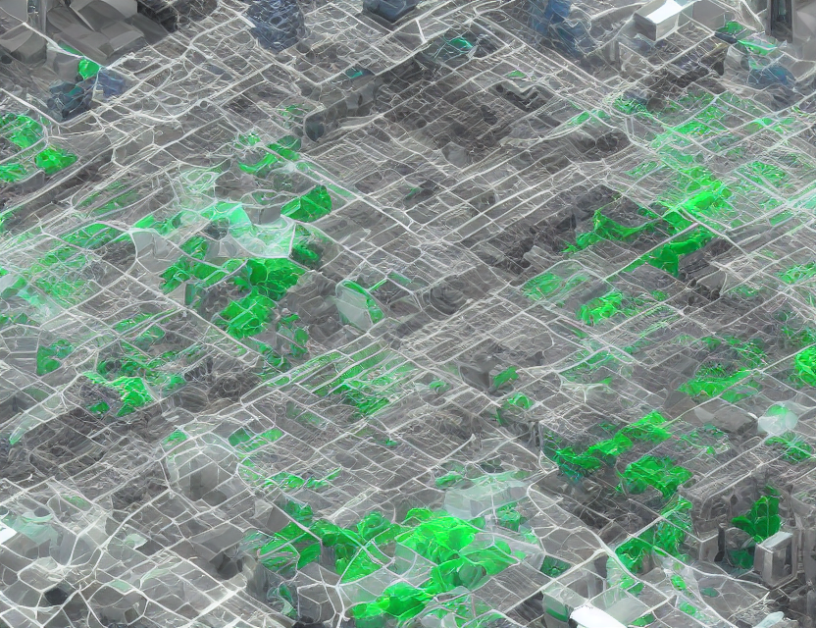Dataset distillation is a technique used to create a smaller version of a large dataset while preserving its essential characteristics. The main goal of dataset distillation is to create a more manageable dataset that can be used for training machine learning models without compromising their performance on the original evaluation set. In this article, we will explore the limitations of conventional dataset distillation methods and discuss four paradigms that are commonly used in practice.
Firstly, the authors highlight the importance of diversity in a distilled dataset, as it helps to improve the robustness and generalization ability of machine learning models. A diverse dataset ensures that the model is exposed to a wide range of features and contexts, which makes it more likely to perform well on new, unseen data.
Secondly, realism is crucial in dataset distillation, as it helps to prevent overfitting to specific neural network architectures. Highly realistic images are essential for maintaining the performance of the model on new data, and this can only be achieved by using a diverse range of images.
Thirdly, efficiency is a significant challenge in dataset distillation, as large real-world datasets are computationally expensive to distill. This limitation makes it challenging to scale dataset distillation methods to practical applications. To address this issue, the authors approximate the V-information of the distilled dataset, which helps to estimate diversity and realism.
Lastly, the article discusses four conventional dataset distillation paradigms: dataset compression, feature selection, data augmentation, and adversarial training. Each of these methods has its strengths and weaknesses, and they are summarized in Table 1 for further reference.
In conclusion, this article provides a comprehensive overview of the limitations of conventional dataset distillation methods and introduces two explicit proxies to address these limitations. The authors also discuss four common paradigms used in practice, which can help practitioners choose the most appropriate method for their specific use case. By demystifying complex concepts using everyday language and engaging analogies, this article aims to make dataset distillation more accessible and understandable to a broader audience.
Computer Science, Computer Vision and Pattern Recognition
Compressing Large Datasets with Synthetic Data: A Promising yet Challenged Approach



